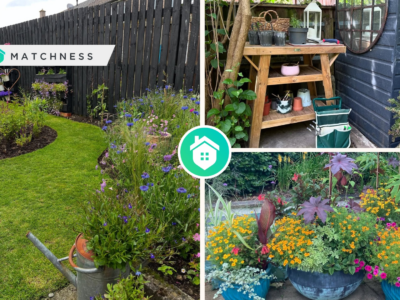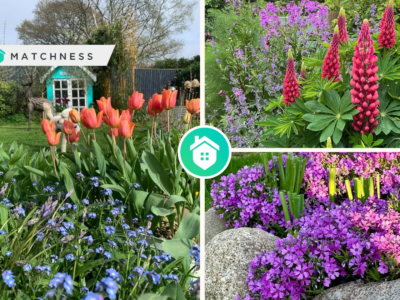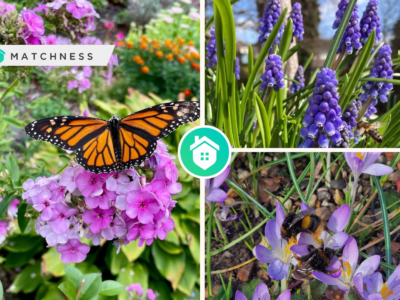Unarguably, a key to a flourishing garden is a thorough understanding and efficient practice of pruning. This nurturing garden endeavour, although seemingly mundane, acts as a game-changer in nurturing the natural beauty and vitality of your garden plants. As such, this in-depth guide seeks to explore the corners of pruning, equipping beginners with the knowledge to commence their gardening journey and aiding seasoned gardeners to brush up their pruning prowess. This detailed walk-through of pruning will unveil its quintessential benefits and demonstrate effective techniques for a variety of plants including trees, shrubs, and bushes.
Understanding the Basics of Pruning
Pruning, in essence, refers to the nuanced practice of removing or reducing certain parts of plants such as the shoots, branches, and buds. The overarching intention is to preserve the overall health of the plant, guide its growth pattern, increase the yield or quality of flowers and fruits, augment its aesthetic allure, and mitigate any potential risks posed by falling branches due to ageing or disease.
Your next question might be revolving around the timing of the pruning; the scheduling criteria vastly rely on the plant type and its life cycle. Deciduous trees and shrubs, those that shed their leaves annually, find their best pruning time during late winter to early spring. This is usually when the plant is dormant, and the risk of disease spread is minimal. Evergreen plants, which retain their leaves and remain green throughout the year, can be pruned, generally in mid to late spring.
Approaching the artillery of gardening tools is pivotal when pruning. Hand pruners or secateurs, pruning saws, loppers, and shears are common entrants to the pruning routine. These tools are chosen based on factors such as size, location, and accessibility of the branches.
Types of Pruning Cuts and Their Purpose
The prowess of mastering pruning cuts lies at the heart of efficient pruning – we broadly categorise these into thinning cuts and heading cuts. Thinning cuts involve removing entire branches or limbs and are instrumental in fostering growth by enhancing light penetration and air flow to the plants. Heading cuts, conversely, involve shortening of branches to stimulate denser growth by encouraging buds to sprout near the area of the cut.
Reduction cuts are another significant form of pruning cuts, useful in reducing the size of a tree by trimming down its limbs. The art of pruning lies in understanding these different cuts and knowing how and when to apply them so as not to deter the plant’s health. For instance, flowering shrubs might require thinning cuts to maintain their shape and promote flowering, whereas fruit trees may require a combination of thinning and heading cuts for balanced tree structure and abundant fruit yield.
Step-by-Step Guide to Pruning Trees
A systematic approach is required when it comes to tree pruning. The first step is the visual identification and evaluation of the branches to be removed. Branches that seem diseased, damaged, or growing at narrow angles, typically less than 45 degrees, should be considered for removal.
The actual cutting should be done carefully to avoid causing an injury to the tree or oneself. In undertaking this, ensure that the cut is made just outside the branch collar – the thickened area at the base of the branch, to maximize the tree’s healing response and to prevent disease entry.
Safety must be the bedrock of any pruning task. Wearing appropriate protective gear, using the right tools, and knowing your physical limits are all crucial aspects of safe pruning. If engaging with large trees or hard-to-reach branches, consider calling upon professional tree pruning services to get the job done safely and efficiently. Following pruning, the branches should be disposed of correctly, ideally by composting, which not only recycles the plant waste but also contributes to soil enrichment.
Step-by-Step Guide to Pruning Shrubs and Bushes
Shrubs and bushes, with their variety and versatility, demand a nuanced approach to pruning. As a rule of thumb, these should be pruned just after they have flowered, this gives them a favourable window to develop new buds for the next season, without the further stress of flowering.
The choice of tools used is also crucial to effective pruning; hand pruners for smaller, finer tasks, while loppers or pruning saws are appropriate for larger branches. Each shrub and bush variety may require different pruning strategies – rejuvenation pruning, for instance, can bring life back to overgrown shrubs while hard pruning can stimulate abundant blooms in rose bushes.
Post-pruning care, consisting of appropriate fertilisation and regular watering, is markedly influential in augmenting the health and appearance of pruned shrubs and bushes. This nurturing stage is as important as the pruning itself, tying in the cycle of growth and flourishing of your plants.
Common Pruning Mistakes and How to Avoid Them
The act of pruning, although beneficial, is a double-edged sword, when performed incorrectly can harm plants more than helping them. Few common pitfalls include cutting too close to the main trunk, over-pruning, neglecting timely pruning, or using dull or inappropriate tools. All of these flawed tactics inhibit plant growth, hinder its aesthetics, or expose it to a suite of diseases.
The valuable strategy lies in making informed decisions. Joining local gardening clubs or participating in online forums can expedite your learning. Exploring authoritative web resources, reading gardening books or even enrolling in a gardening course can exponentially develop your skills, transforming you from a rookie to a pruning maestro.
Conclusion
To bring it all together, proper pruning is an integral part of gardening that feeds into the plant’s health and productivity. Equipping yourself with this level of understanding and technique can not only nurture your garden but also your knowledge and love for nurturing nature. Remember, with every cut, you’re not hurting your plant, but creating an opportunity for further growth and development. While it may seem intimidating initially, just like anything else, practice and patience will yield a fruitful result over time.
Now it’s your turn to put these techniques into practise. Go ahead and observe your garden, identify the needs of your plants, and step into the enlivening world of pruning. Remember, with each pruning cut you are not just shaping your plant but also crafting your gardening journey, one branch at a time.




















